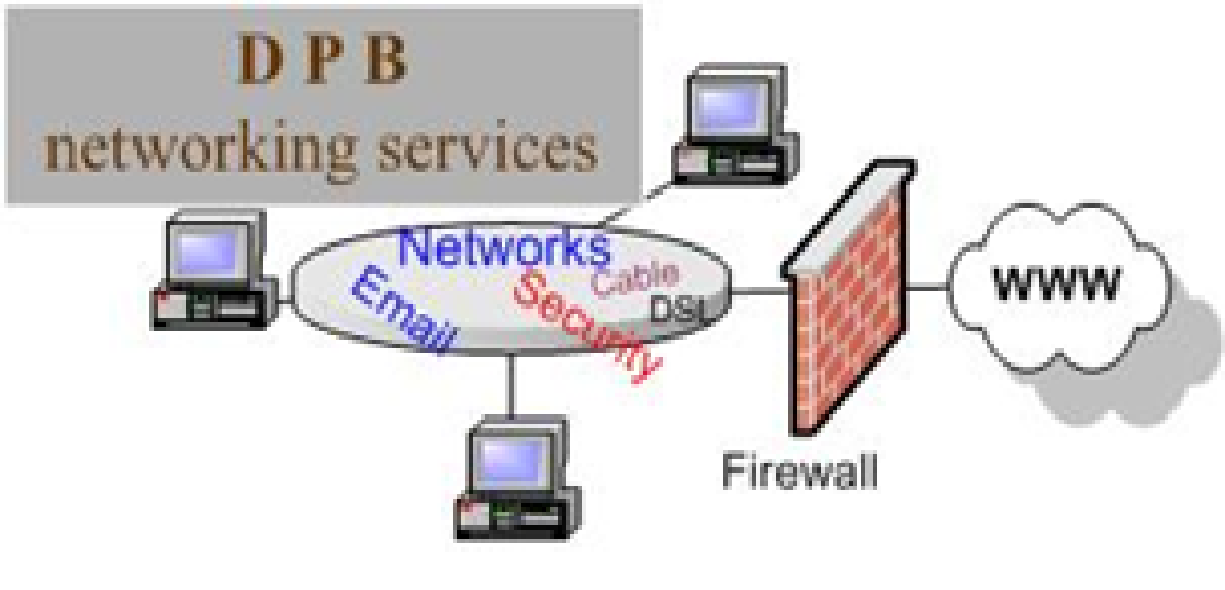If you have ever found yourself trying to decode a confusing payment processing statement, this is the post for you. Unfortunately, many electronic payment processing companies purposely make their statements difficult to understand in an effort to hide their true costs and collect extra fees from law firms. They want you confused about how much you are paying and for what reason, so that you are less equipped to negotiate for better rates.
As a law firm leader, you need the ability to track every dollar into and out of your practice, so it’s important to understand every section of your monthly processing statement. While statement details vary from company to company, this post will provide a general DIY outline, along with some tips for identifying extra costs.
Contact Information
Most statements include the processing company’s contact information on the first page. Review this section carefully to identify the Return Addressee. This is your actual credit card processor. If the company name listed on the statement differs from the name of the company your firm contracts with for payment processing services, chances are high that you are being charged extra fees for an unnecessary middleman.
Sometimes referred to as an ISO (Independent Sales Organization), this middleman connects the actual credit card company to the merchant. The entity may provide terminals, tech support, or customer service, but these offers come at a cost that is probably passed along to your law firm. If an ISO is present on the statement, law firms can likely find more cost-effective options.
Activity Summary
The activity summary provides a listing of all monthly credit card processing activity, including the number of transactions and chargebacks. Some of the most important components of this section include the total monthly sales and monthly fees paid for credit card processing.
The total sales and total processing fees will tell you a lot about your firm’s payment processing costs. By dividing the Total Sales by the Total Processing Charges, you get a Total Overall Percentage. For example:
- Total Monthly Sales of $10,000 / Total Processing Charges of $320 = 3.2% Total Overall Percentage
Therefore, for every $100 your firm accepts via credit card payments, it spends $3.02 in processing fees. This is a very important metric when shopping around for the most cost-effective option.
Volume Recap
This section separates transactions by the card type used, detailing the number of transactions and the total dollar amount for each card. For instance, the volume recap may show that the company processed 25 Visa card transactions totaling $15000 and 9 AMEX transactions totaling $5000. These numbers provide interesting data about average transaction sizes per card and which types of cards are typically used to process larger transactions.
A detailed examination of this section may also reveal hidden fees. With the subsections labeled “Discount Paid” and the “Per Item Paid,” you can compute the average discount rate and per transaction rate that your firm is paying for that card type, such as 2.72% + $0.20 per transaction. This information may reveal that the low-cost rate you thought you were getting from your payment processor is not what you are actually paying in practice. If you find that to be the case, it may be time to find a different payment processing company.
Transaction Type Rates
This section is often found at the end of the statement, and there may be an ulterior motive for that. Transaction type rates provide a clear picture of the current pricing structure that your processor is applying to your firm. This may include such categories as Tiered, Interchange Plus, or Interchange with Membership.
- Interchange pricing features reflect charges paid to the bank that issued the card. As such, if your client pays their firm bill with a Capitol One Visa debit card, your firm may have to pay an interchange fee to Capitol One.
- Under a Tiered arrangement, processors group or bundle numerous card types into specific interchange fees. On the statement, this type of arrangement typically uses terms like “Qual”, “Qualified”, “Non-Qualified”, and “Partially Qualified.” Each has a specific rate for all cards that fall into the respective tiers. For example, if your processor classifies Mastercard into a qualified tier with a 2% fee rate, your firm is charged 2% for accepting Mastercard payments. Various types of cards, such as corporate cards or rewards cards are classified into different tiers charged a various rate.
If you can’t understand your monthly statement, you won’t realize your firm is overpaying
Some payment processing companies craft their monthly statements in hopes of intentionally confusing you as a provider of consumer services. Don’t let these tactics keep your firm stuck in a contract wrought with hidden fees and surprise costs. Take a close look at the monthly statement to keep track of where your firm’s money is going and ensure that your firm is actually paying the rate you were promised.
TimeSolvPay offers law firms an end-to-end credit card processing system with no monthly fees and no hidden costs. Users enjoy a flat processing fee rate, no matter what kind of card is used for payment. Click this website link to learn more.
















